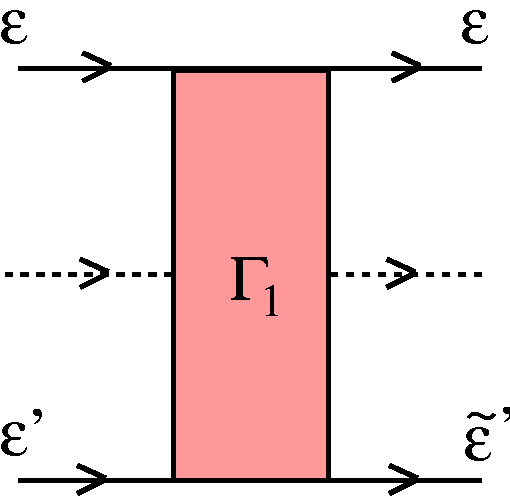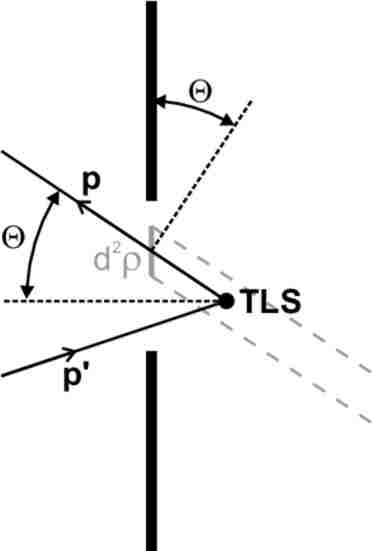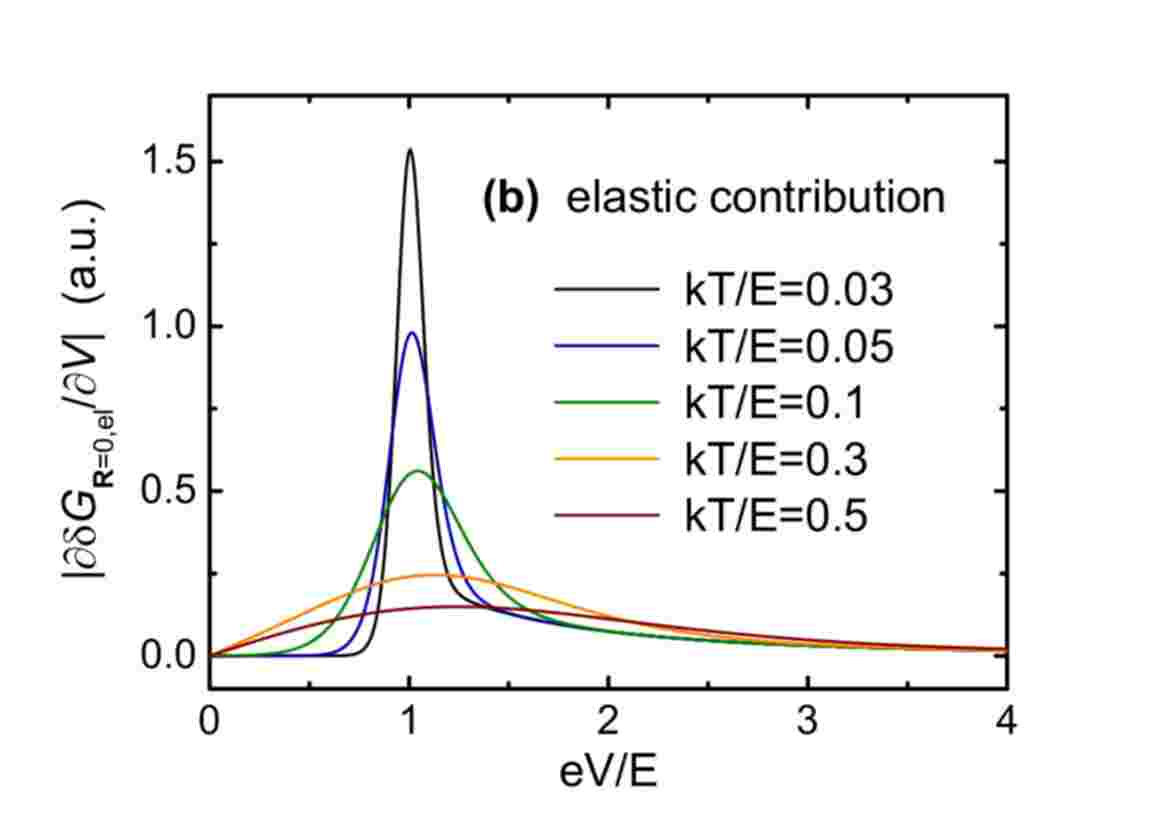|
|
Energy relaxation due to magnetic impurities in mesoscopic wires
|

Recently the electron dephasing and energy relaxation due to different
magnetic impurities have been extensively investigated experimentally
in thin wires and in this Letter these quantities are theoretically
studied. It was shown earlier that a magnetic impurity in a metallic
host with strong spin-orbit interaction experiences a surface
anisotropy of the form H=Kd (n S)2 which causes size effects for impurities with integer spin. Here we show that the dephasing and the energy relaxation are influenced by the surface anisotropy in very different ways for integer spin having a singlet ground state. That must result also in strong size effects and may resolve the puzzle between the concentrations estimated from the two kind of experiments.
The transport in mesoscopic wires with large applied bias voltage has recently attracted great interest by measuring the energy distribution of the electrons at a given point of the wire, in Saclay. In the diffusive limit with negligible energy relaxation that shows two sharp steps at the Fermi energies of the two contacts, which are broadened due to the energy relaxation. In some of the experiments the broadening is reflecting an anomalous energy relaxation rate proportional to E-2 instead of E-3/2 valid for Coulomb electron-electron interaction, where E is the energy transfer. Later it has been suggested that such relaxation rate can be due to electron-electron interaction mediated by Kondo impurities. In the present paper the latter is systematically studied in the logarithmic approximation valid above the Kondo temperature. In the case of large applied bias voltage Kondo resonances are formed at the steps of the distribution function and they are narrowed by increasing the bias. An additional Korringa energy broadening occurs for the spins which smears the Kondo resonances, and the renormalized coupling can be replaced by a smooth but essentially enhanced average coupling (factor of 8-10). Thus the experimental data can be described by formulas without logarithmic Kondo corrections, but with enhanced coupling. In certain regions of large bias, that averaged coupling depends weakly on the bias. In those cases the distribution function depends only on the ratio of the electron energy and the bias, showing scaling behavior. The impurity concentrations estimated from those experiments and other dephasing experiments can be very different, and a possible explanation considering the surface spin anisotropy due to strong spin-orbit interaction is the subject of our earlier paper.
Slow two-level systems in point contacts
|
A great variety of experiments, like heat release measurements, acoustic measurements, and transport measurements on mesoscopic samples have proved that two level systems (TLSs) have a crucial role in the low temperature thermal and electric properties of disordered systems. This paper is aimed at reviewing the role of slow TLSs in point contacts. First the theory of point contacts is summarized, concentrating on the discussion of different point contact models, and on the different regimes of electron flow in the contact, mainly focusing on the ballistic and diffusive limit. The Boltzmann equation is solved in both regimes, and the position dependence of the electrical potential is determined. Then the scattering processes in point contacts are investigated, particularly concentrating on the scattering on slow TLSs. If the the electron assisted transitions between the two states are negligible the electron-two level system interaction can be treated with a simplified Hamiltonian. The scattering on such slow TLSs causes nonlinearity in the current-voltage characteristics of the point contact, which can be determined using Fermi's golden role. These calculations are presented showing both the contribution of elastic and inelastic scattering, and including the dependence on the position of the TLS, and on the effect of high frequency irradiation. These results are used to discuss the differences between these slow TLSs and the fast centers which may be described by the two channel Kondo model. The available experimental results are analyzed, distinguishing between the effects due to the different types of TLSs.
|



